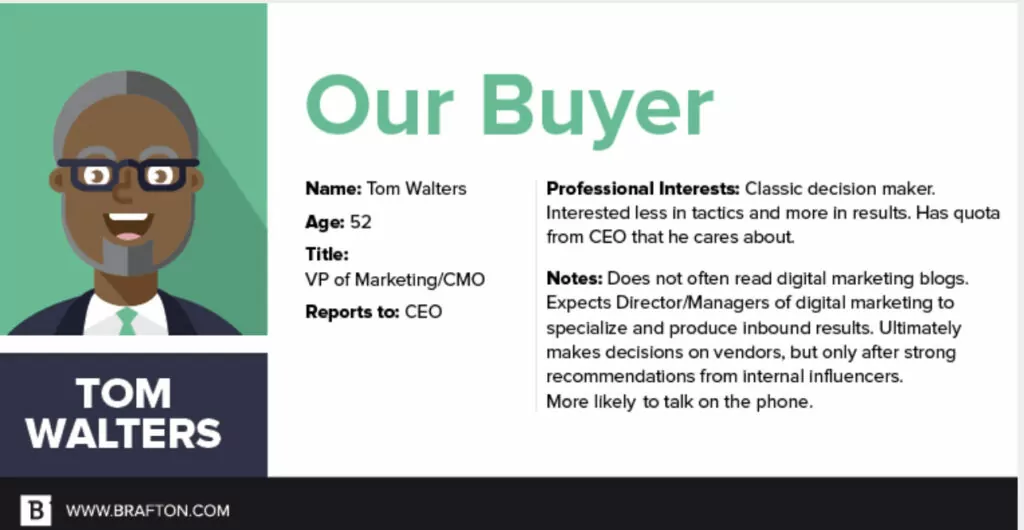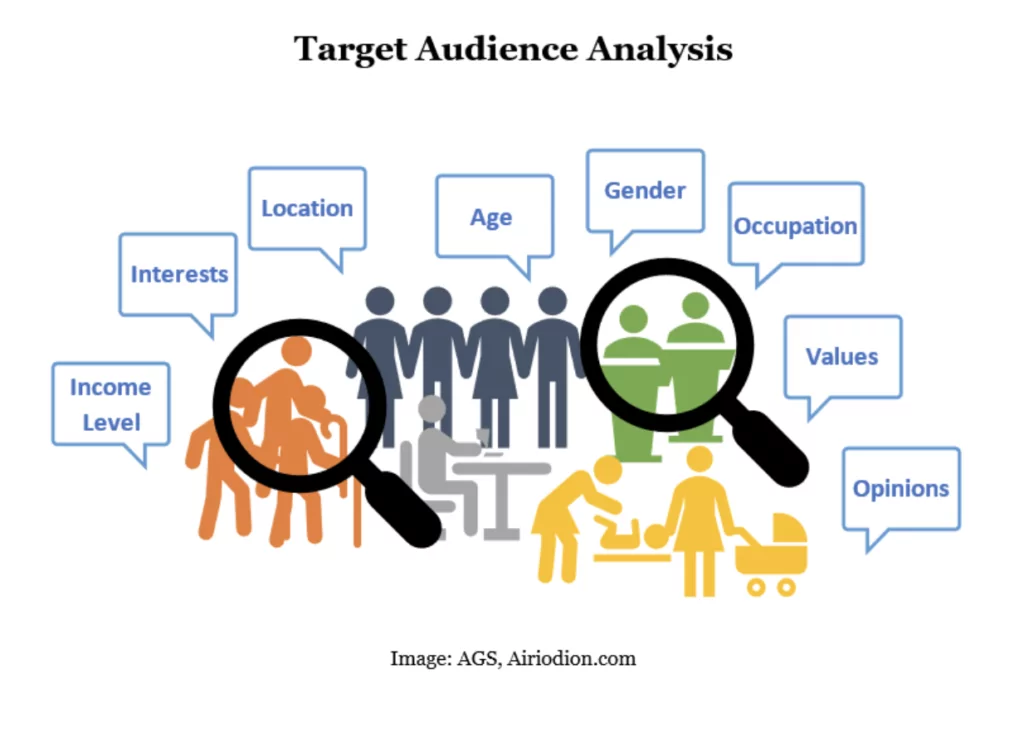Designer brands make millions of dollars despite charging higher than average prices for their products. However, they aren’t successful because they market their products to everyone since many middle classes and low-income families aren’t interested in spending thousands of dollars on luxury items. The brands are successful because they found a market where consumers have the money and want to invest in luxury items. They understood how to build a target audience and then used it in their marketing to grow their company.
Who is your target audience, and how do they influence how you market your franchise?
Knowing your audience will ensure you aren’t wasting your valuable time and resources on a market segment without the means or interest to purchase your products.
Learn seven steps you can take to build an audience profile for your franchise.
Key Takeaways:
- Your target audience is a market segment with shared characteristics.
- Define your audience based on your business rather than adjust your business to meet your current audience.
- Use marketing automation to track and monitor your audience for more accurate targeting and profiling.
What Is a Target Audience Profile?
Your target audience is groups that include your ideal customer. They have shared needs, interests, and budgets for your products. This is different than when you build a buyer persona, which is a specific example of a fictional individual. Your target audience is a larger group with shared attributes.
When you build a profile of your target audience, you are summarizing who they are, what they are interested in, and common behaviors, including:
- Age
- Location
- Industry and job title
- Salary
- Family status
- Educational status
- Browsing habits
- Related topics of interest
Source: Brafton
How Do You Use Your Target Audience Profile?
Most businesses have several target audiences and create customized marketing campaigns for each segment depending on their needs.
For example, a home security company might have several target audiences for individual campaigns depending on the location. Such as, they might target homeowners in high-risk areas by marketing their reliability and security. However, they might also sell to new homeowners by emphasizing their affordability and ease of installment.
7 Steps for Building a Target Audience Profile
Use these seven steps to create target audience profiles that match each franchise.
1. Know Your Purpose
Why do you want to create a target audience profile?
If you are creating them just to have them, you will waste hours of your time because there are dozens of potential audience profiles you could build.
Instead, focus on a specific purpose or single campaign. For example, if you are releasing a new product, you might create one or two target audiences for that product to help you promote it more effectively.
2. Collect Industry Data
Audience profiling isn’t a guessing game. Data lets you know the type of people most likely to purchase from you.
However, you should look beyond the customers that purchased from you in the past. If you only focus on that market segment, you might miss out on opportunities to expand. Some other sources for target audience examples you can use in your research includes your competitors, customer surveys, and industry research to understand current customer behaviors.
3. Define Your Target Audience
As you collect data, patterns will begin to emerge. At this point, you might be tempted to create profiles based on these patterns and then adjust your business to those profiles.
However, that’s not the purpose of your target audience profile. Your business should define the audience, not the other way around. During your research phase, you might discover a valuable audience that isn’t among your current customers.
To accurately define your audience, analyze what type of budget your buyers need, what needs your products fill, and what situations your products work best in.
4. Identify Needs and Pain Points
If your consumers don’t think they need your products, they won’t buy them even if they are a perfect match to your profile. Therefore, identifying audience needs and struggles will guide your marketing as those are areas your strategies should focus on.
For example, Dunkin’ Donuts uses the slogan, “America runs on Dunkin’.” This is because their entire business focuses on busy adults in the US who need to grab a quick cup of coffee on the go because they don’t have time for quaint sit-down cafes. So, Dunkin’ stepped in with its genius marketing and grew to one of the most well-known coffee brands by building a brand around that common pain point of their consumer.
5. Understand Who Your Audience Is
If you want your marketing to appeal to your audience, you must understand who they are. This helps you identify what will resonate with your audience. This step is what will differentiate your target audience profiles.
As a franchise, some of the most important information to note is your target audience’s location for each franchise so each site can reach those areas. You will also want to understand your audience’s demographics, interests, hobbies, and common industries, as this will affect the images you choose, language, and marketing channels.
For example, in half a second, most consumers form an opinion of your website. In addition, 38% will leave a website if they don’t find it attractive. Therefore, catching and holding your target audience’s attention with relevant and customized branding starts with knowing who they are and what they’re looking for.
Source: AGS
6. Know How to Reach Your Audience
As you put your information together, you will start seeing some patterns emerge about who your audience is. These patterns will help you identify the most effective marketing channels to reach that audience.
For example, if they are primarily professionals, then LinkedIn posts and webinar events would be most effective. However, if your profiles are all younger consumers, you might consider a TikTok campaign.
7. Organize Your Data
Once you have all your data compiled, you can organize it in a way that’s easy to understand. Your employees and managers at your other franchises will use this profile to guide them in their marketing efforts.
Create columns, charts, and images to present these targeted consumer groups and highlight their most important characteristics.
Learn More about Your Target Audience
Your target audience profile will help you generate more quality leads ready to buy from your brand. Once you collect these leads, allow MXTR to help you move them quickly and seamlessly across your company as you qualify and convert them into loyal customers.
Schedule a demo to see how MXTR and transform your lead management process.
Featured Image: istockphoto









